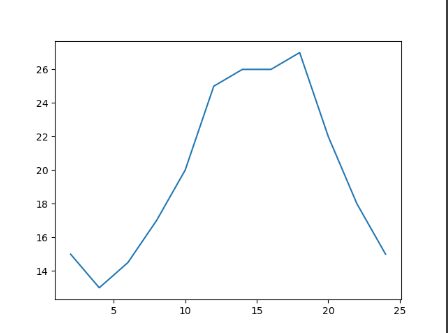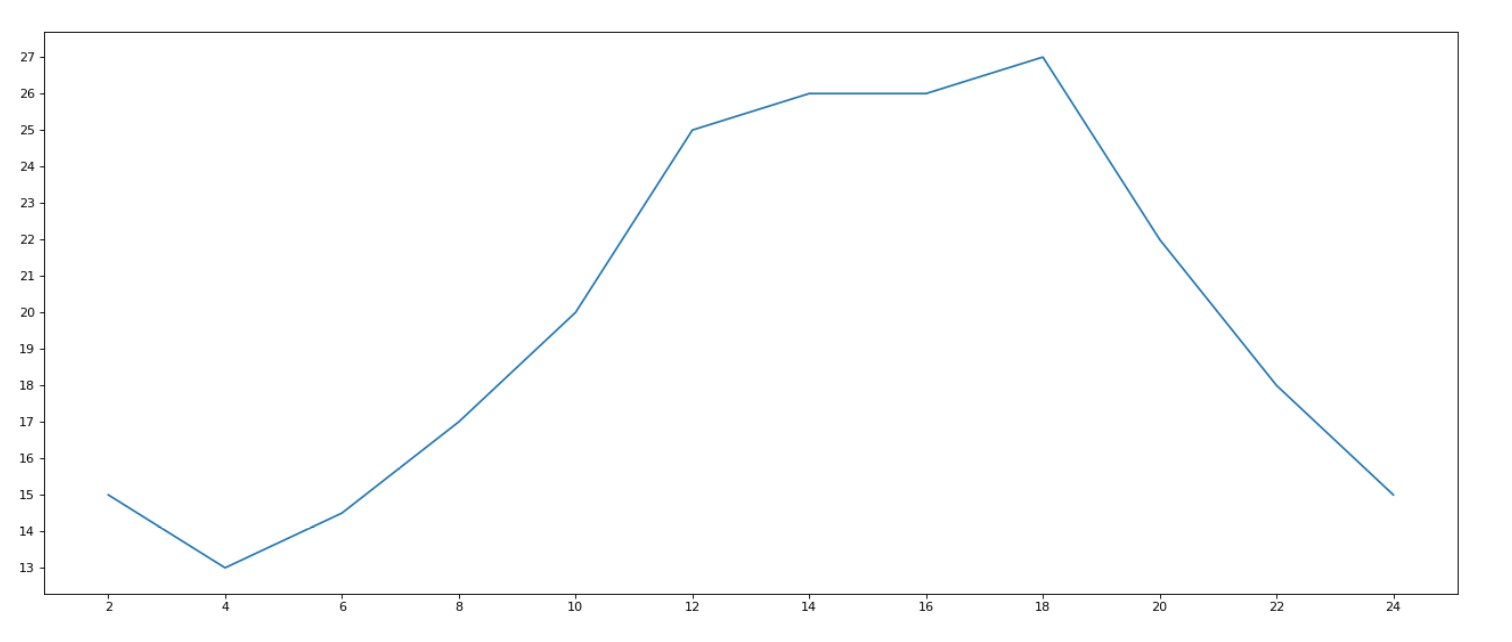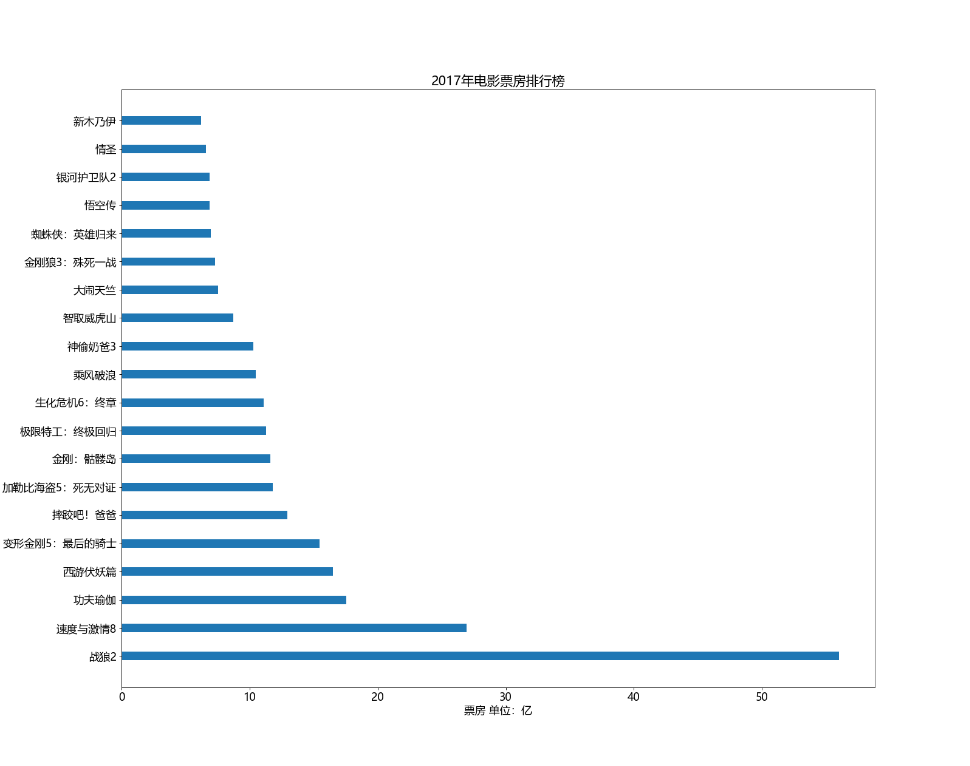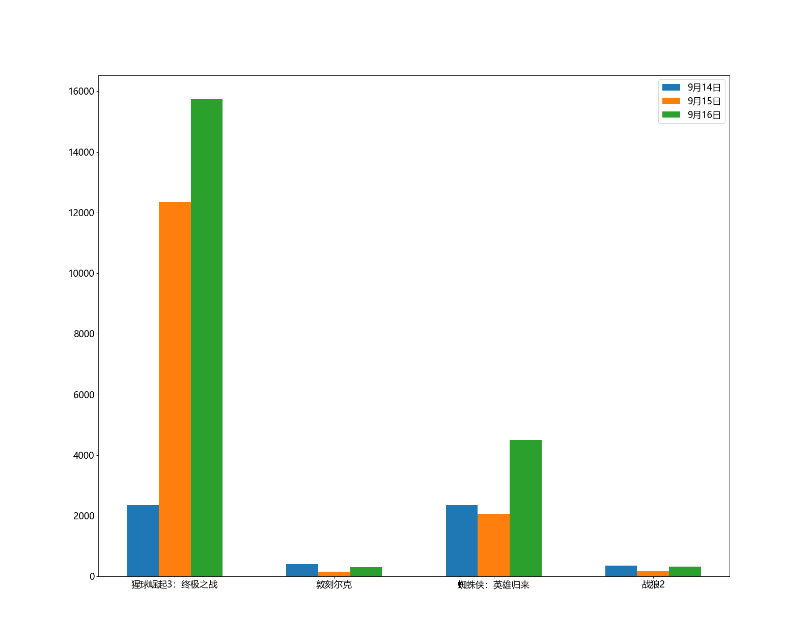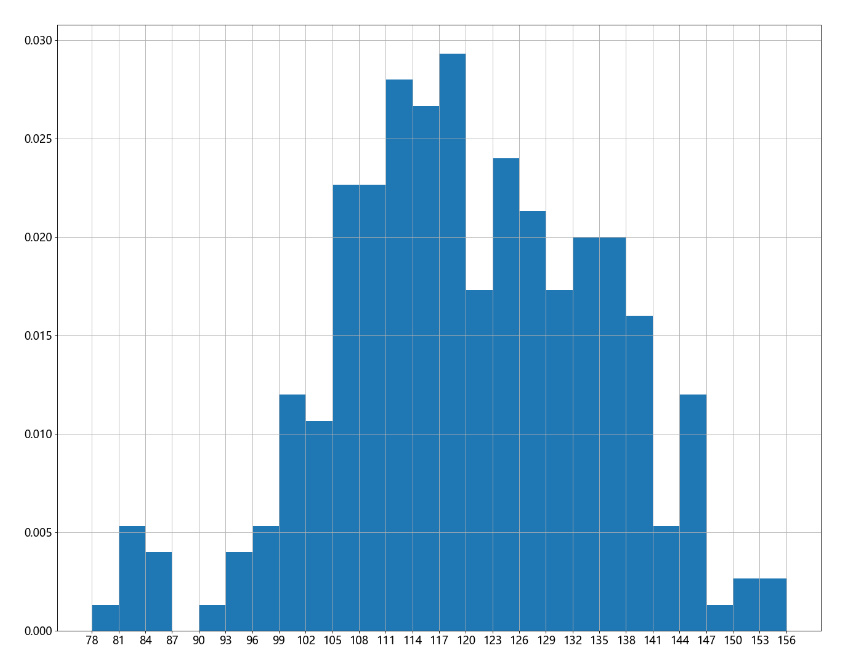from matplotlib import pylab as plt
import matplotlib
font = {'family': 'Microsoft Yahei',
'size': 16}
matplotlib.rc('font', **font) # 设置字体,支持中文
plt.figure(figsize=(20, 16), dpi=80)
a = [131, 98, 125, 131, 124, 139, 131, 117, 128, 108, 135, 138, 131, 102, 107,
114, 119, 128, 121, 142, 127, 130, 124, 101, 110, 116, 117, 110, 128, 128,
115, 99, 136, 126, 134, 95, 138, 117, 111, 78, 132, 124, 113, 150, 110, 117,
86, 95, 144, 105, 126, 130, 126, 130, 126, 116, 123, 106, 112, 138, 123, 86,
101, 99, 136, 123, 117, 119, 105, 137, 123, 128, 125, 104, 109, 134, 125, 127,
105, 120, 107, 129, 116, 108, 132, 103, 136, 118, 102, 120, 114, 105, 115, 132,
145, 119, 121, 112, 139, 125, 138, 109, 132, 134, 156, 106, 117, 127, 144, 139,
139, 119, 140, 83, 110, 102, 123, 107, 143, 115, 136, 118, 139, 123, 112, 118,
125, 109, 119, 133, 112, 114, 122, 109, 106, 123, 116, 131, 127, 115, 118, 112,
135, 115, 146, 137, 116, 103, 144, 83, 123, 111, 110, 111, 100, 154, 136, 100, 118,
119, 133, 134, 106, 129, 126, 110, 111, 109, 141, 120, 117, 106, 149, 122, 122, 110,
118, 127, 121, 114, 125, 126, 114, 140, 103, 130, 141, 117, 106, 114, 121, 114, 133,
137, 92, 121, 112, 146, 97, 137, 105, 98, 117, 112, 81, 97, 139, 113, 134, 106,
144, 110, 137, 137, 111, 104, 117, 100, 111, 101, 110, 105, 129, 137, 112, 120, 113,
133, 112, 83, 94, 146, 133, 101, 131, 116, 111, 84, 137, 115, 122, 106, 144, 109,
123, 116, 111, 111, 133, 150]
# 组数 = 极差/组距 = (max(a) - min(a)) / width
d = 3 # 组距
num_bins = (max(a) - min(a)) // d
# plt.hist(a, num_bins)
# plt.hist(a, num_bins, density=True) # density 频率分布直方图
plt.hist(a, range(min(a), max(a) + d, d)) # 如果绘制的图形有偏移,用这种方法
plt.xticks(range(min(a), max(a) + d, d))
plt.grid()
plt.show()
